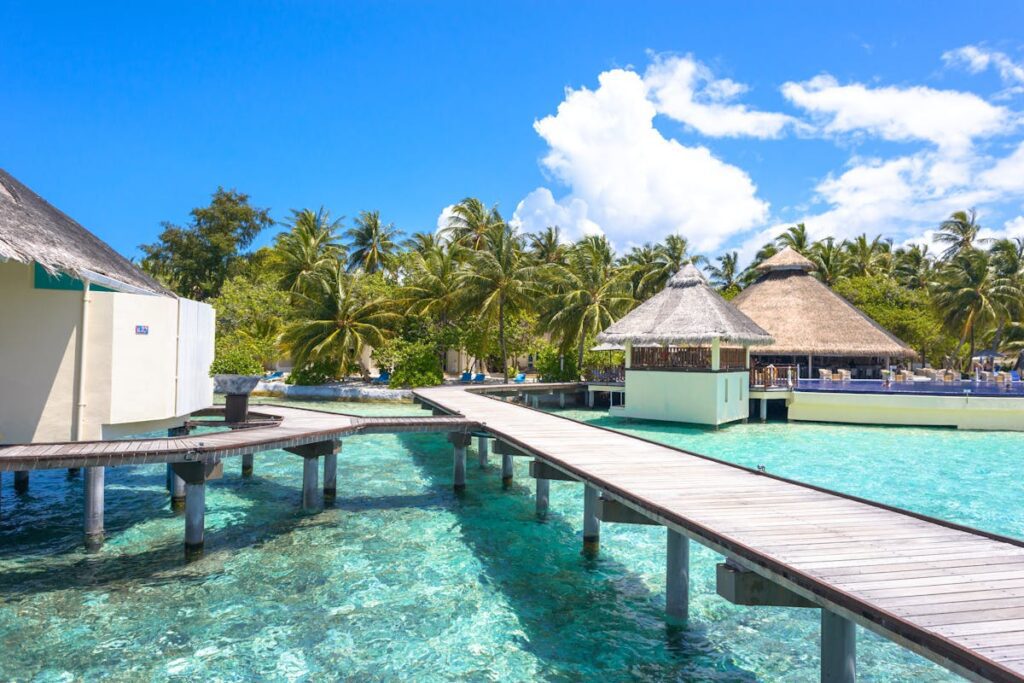
Skift Take
Maldives’ decision to introduce RuPay cards in the country in partnership with India may or may not lead to an uptick in Indian tourists. But it could boost its tourism earnings.
Maldives is now supporting payments through cards running on RuPay, India’s card payment network. The decision was announced this week after talks between Indian Prime Minister Narendra Modi and Maldivian President Mohamed Muizzu.
RuPay is the Indian alternative to Visa and MasterCard. Data by market research firm 1Lattice last year showed that RuPay dominated the debit card market in India. As of last July, over 700 million RuPay cards had been issued across the country.
“The acceptance of Indian Rupees will help Indian tourists to visit Maldives in large numbers,” said Subhash Goyal, chairman of the aviation and tourism committee of the Indian Chamber of Commerce, in a statement.
India-Maldives Spat
The decision to introduce RuPay cards came after months of diplomatic tensions between the two nations. Back in January, Modi had promoted Lakshadweep islands on social media, which many took as a move to position the Indian archipelago as an alternative to Maldives.
In response to this, three deputy ministers of Maldives on X used words such as “clown” and “puppet of Israel” to refer to Modi.
The hashtag #BoycottMaldives began trending. Indian travelers to the island nation dropped significantly: dropping from the biggest source market to the sixth place.
Boosting Indian Travelers’ Spending
The decision to introduce RuPay cards, and eventually, UPI is expected to increase travel spending by Indian tourists due to convenience. As India is becoming a fast-growing source of outbound tourism, destinations are beginning to accept payments made through India’s Unified Payment Interface or UPI.
UPI is a digital payment system designed in India which allows users to carry out bank-to-bank payments through QR codes or mobile numbers without sharing account details. Modi has said that work will soon commence to bring UPI to Maldives.
Last year, France decided to enable Indian tourists to pay for tickets to the Eiffel Tower and other attractions in rupees through UPI. In July 2024, French department store brand Galeries Lafayette also announced the integration of the UPI system at its flagship Haussmann store.
A report by Booking.com and McKinsey last year projected that travel spending by Indians would rise from $150 billion in 2019 to $410 billion by 2030.
As Indians are spending more, there is a preference for digital payments, especially UPI. A study by consulting firm Kearney earlier this year noted that 90% of the respondents it surveyed said they preferred digital payments for online purchases and 50% preferred the mode for in-person purchases. UPI accounted for 68% of all retail digital payments made in the country in 2024 fiscal.

